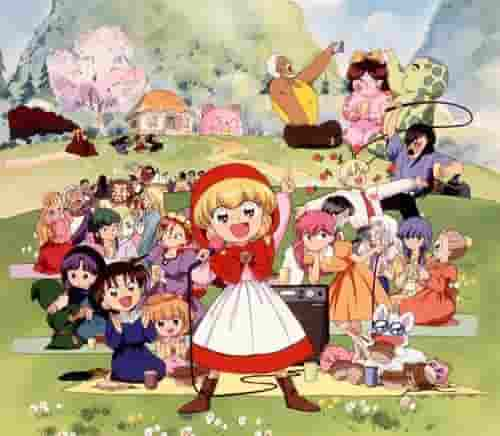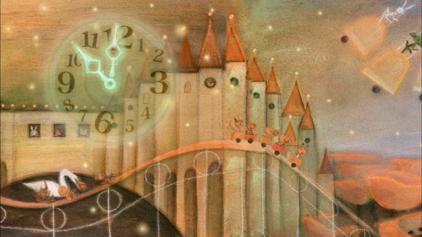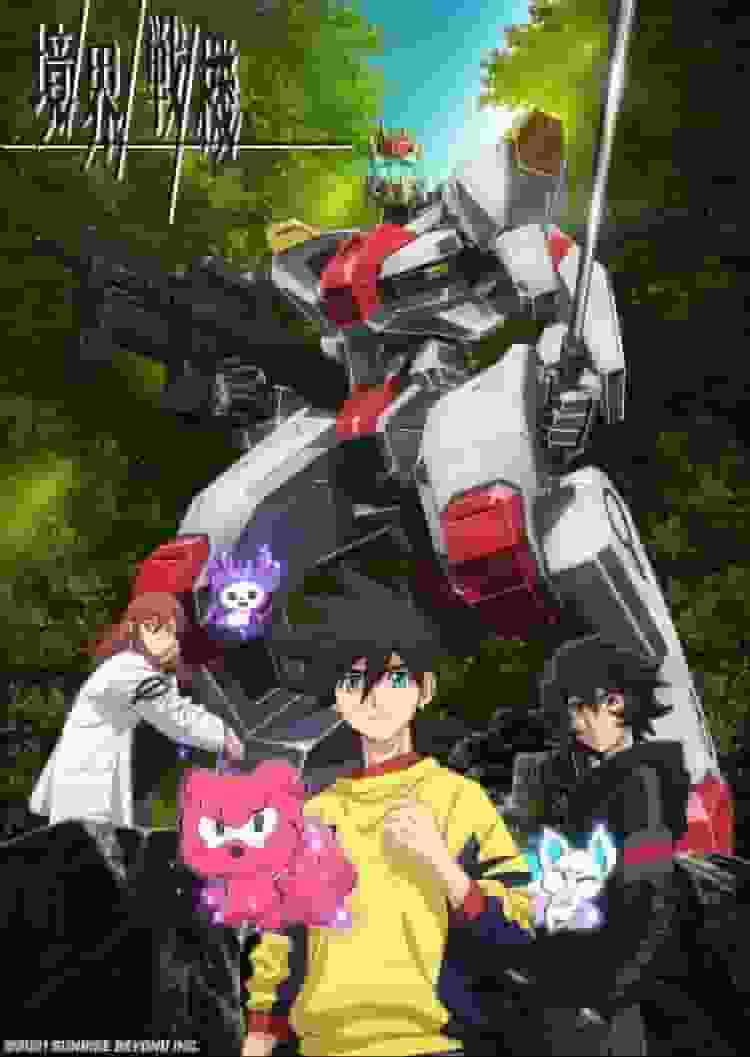Volcano Talk: The Appeal and Evaluation of Anime Depicting the Wonders of Nature

Volcano story - Kazan no hanashi■ Public Mediaothers ■ Original MediaAnime Original ■ First appearance dateJanuary 1, 1930 ■Frequencies16 min ■ Number of EpisodesEpisode 1 ■ DirectorIllustration by Yasuji Murata ■ ProductionYokohama Cinema Company ■Explanationdetail It is also used in conjunction with live action animation. The animation is the illustration section, which makes up about one third of the whole. Overview"Kazan no Hanashi" (The Story of a Volcano) is an animated film that was released on January 1, 1930, and was produced by Yokohama Cinema Shokai. The film was directed by Yasuji Murata, and about one-third of the film is made up of animation. The film, which combines live action and animation, is regarded as a pioneering attempt to combine the technology and artistry of the time. story"The Story of Volcanoes" focuses on educational content centered on the natural phenomena of volcanoes. The work skillfully combines live action and animation to visually explain the mechanisms of volcano formation and eruptions. The animation portion uses illustrations of the internal structure of the volcano and the flow of magma to make it easy to understand visually. The live action portion also uses footage of actual volcanic scenery and eruptions to convey a realistic impact. BackgroundIn the 1930s in Japan, animation technology was still in its infancy, and expressing educational content through animation was a very new attempt. "The Story of Volcanoes" was produced against this backdrop as a way to disseminate scientific knowledge to the general public. Through this work, Yokohama Cinema Shokai aimed to provide knowledge about volcanoes to as many people as possible by combining education and entertainment. Director and staffDirector Yasuji Murata was one of the leading figures in the Japanese animation industry at the time, and was highly praised for his drawing skills and artistry. Murata effectively combined live action and animation in this work to maximize the visual impact. The production team at Yokohama Cinema Shokai also worked hard to realistically recreate the natural phenomena of the volcano, using the technology available at the time. Technical featuresThe greatest feature of "The Story of the Volcano" is that it combines live action with animation. With the technology of the time, it was common to draw the animated portions as illustrations, but this work takes this a step further, depicting in detail the internal structure of the volcano and the flow of magma. In addition, the live action portions were filmed on site to capture the volcano's landscapes and footage of eruptions. This allowed for a balance between visual realism and educational value. Evaluation and impact"The Story of a Volcano" was recognized as a pioneering work in the Japanese animation world at the time, using animation to convey educational content. This work attracted attention as a means of visually conveying scientific knowledge, and was used in many educational institutions. In terms of technology, the method of effectively combining live action and animation had a major influence on later animation works. Viewers' reactionsThe reaction from viewers was very positive, and the show was especially well received by children. It was praised for its ability to help viewers understand the natural phenomenon of volcanoes visually, and was used as educational material in many schools. Adults also praised the show for being able to enjoy scientific knowledge as entertainment, and the show received support from a wide range of viewers. Reasons for recommendation"A Story of a Volcano" is a pioneering work that uses educational animation and has been praised for its visual impact and realism. It is highly recommended for anyone who wants to understand the natural phenomenon of volcanoes and for those interested in the history of animation. It is also recommended for children as a work that they can enjoy while learning. Related TitlesOther works that use educational animation, like "A Story of the Volcano," include "A Story of the Sea" and "A Story of the Sky." These works also combine live action and animation, aiming to visually convey natural phenomena and scientific knowledge. Other works directed by Yasuji Murata have also been praised for their technical aspects, so if you're interested, be sure to check them out. summary"Kazan no Hanashi" is an animated film released in 1930, and is regarded as a pioneering attempt to visually convey educational content. By effectively combining live action and animation, the film realistically reproduces the natural phenomenon of a volcano, and has been well received by many viewers. This film has been praised for its ability to provide enjoyable scientific knowledge as entertainment, and is recommended for a wide range of audiences, from children to adults. If you are interested in the history and technology of animation, be sure to check it out. |
<<: Taro's Adventure Filming: A Perfect Combination of Visual Beauty and Storytelling
>>: My Ski: A look at the unique characters and story
Recommend
The second season of the animation "Castlevania: Nocturne" has entered the final production stage and the broadcast time is yet to be determined
According to Samuel Deats, director of the animat...
Japan Kaiyodo's animated creatures, the Emperor Scorpion, are too realistic and scary
Kaiyodo will launch the movable creature figure &...
To celebrate its 25th anniversary, the American TV series "The Sopranos" released a collection of deleted scenes and launched free streaming episodes
The American mafia drama "The Sopranos"...
Disney has been the highest-grossing film company in the world for seven consecutive years
According to foreign media reports, Disney became...
"Crayon Shin-chan" new animated film official poster additional characters released
The 29th theatrical animated film in the "Cr...
"New Gods: Nezha Reborn" National Fashion Blockbuster Li Yunxiang's Stunning Transformation
Recently, the Chinese fashion blockbuster of the ...
The Walking Dead spin-off pays tribute to The Last of Us Part II
In the fifth episode of the first season of The W...
The Adventures of Peter Rabbit: A fascinating story and a deep analysis of the characters
Peter Rabbit's Adventure - Peter Rabbit's...
62-year-old actress Jennifer Coolidge joins the "Minecraft" movie
According to Deadline, Jennifer Coolidge (White L...
Mission: Impossible 7 and 8 will no longer be filmed in a row, and Cruise needs to promote Top Gun 2
"Mission: Impossible 7" and "Missi...
The Big Bang Theory: The Last Episode to Air in May
On August 22 last year, the official statement of...
"Aquaman 2" and "Shazam 2" both postponed
Warner Bros. is exploring delays for two DC movie...
Where death is the way to rebirth! The latest Saw movie will be released in North America in 2020
The classic horror movie "Saw" has now ...
Joseph Quinn, Eddie Jackson's newest star, to star in A Quiet Place: Day One
Jospeh Quinn, who plays Eddie Munson, the most po...
Konami reposts the "Cyber Ninja" Gray Fox costume from the "Metal Gear Solid" movie
Konami retweeted a photo of the Metal Gear Solid ...









